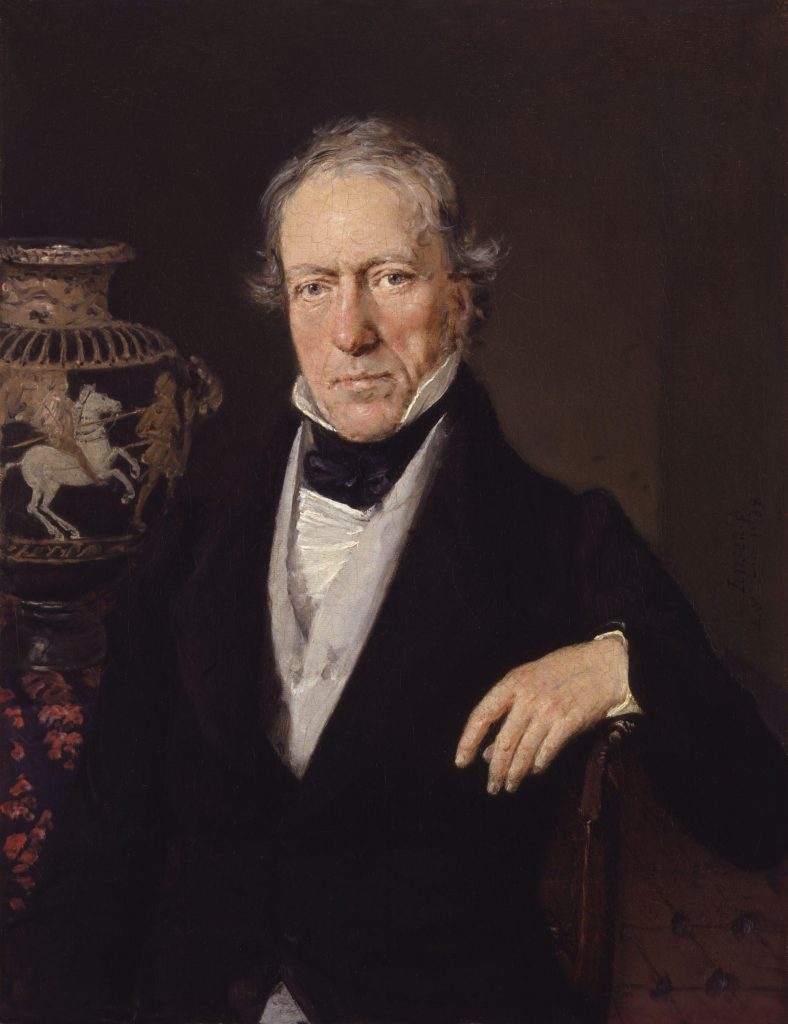Leake began his trek in the north-east of the peninsula. After spending several days exploring the environs of Gytheio, he set out on foot from that same city on April 10th, 1805, traversing the plain of Passava, over the hills of Petalea, then to the coastal village of Ageranos. He noted the villages of modern Karyopoli, Kafki, Neokhori and Panitza, then traversed through Dhikova on his way to Skoutari, where he spent his first night. The following day Leake was persuaded to continue by mule, which was his mode of transportation for the remainder of his time in Mani. From Skoutari he passed back through Dhikova, and met up with what is now the main Gytheio-Areopolis road, which he described as “so rugged as to be impassable even to a mule” and observed wheel tracks of ancient vehicles in the stone (Leake 1830, 282). After passing Vachos, he arrived in Areopolis, where he spent the night. The next morning he began the long trek south, passing through Omales and Laghokili, Charia and Glezou, Akia, Erimos, Mina, he followed the road between Nomia and Kitta to modern Gerolimenas, Alika, and finally arrived at Kyparissos, where he spent the night in a flea-ridden chapel.
This is an impressive amount of ground to cover in one day, and Leake and his companions must have been travelling at an expeditious pace. On their third day, Leake’s company travelled from Kyparissos to Vathia, then following the westernmost path along the coast, they reached the tip of the Tainaron peninsula at Porto Sternes by midday. They then trekked back north via the easternmost path, passing Vathi Bay and Porto Quagio, and managed to journey all the way back to Alika by nightfall. The fourth and final day saw Leake travelling back to Areopolis, where he rested for only one night before sailing from Limeni on the morning of April 15th, 1805.

To learn more about Leake’s journey, check out our StoryMap, Colonel Leake’s Journey in Mani below, or right here! You can also explore the route that we think he probably took (based on our GIS analyses) in this web app.